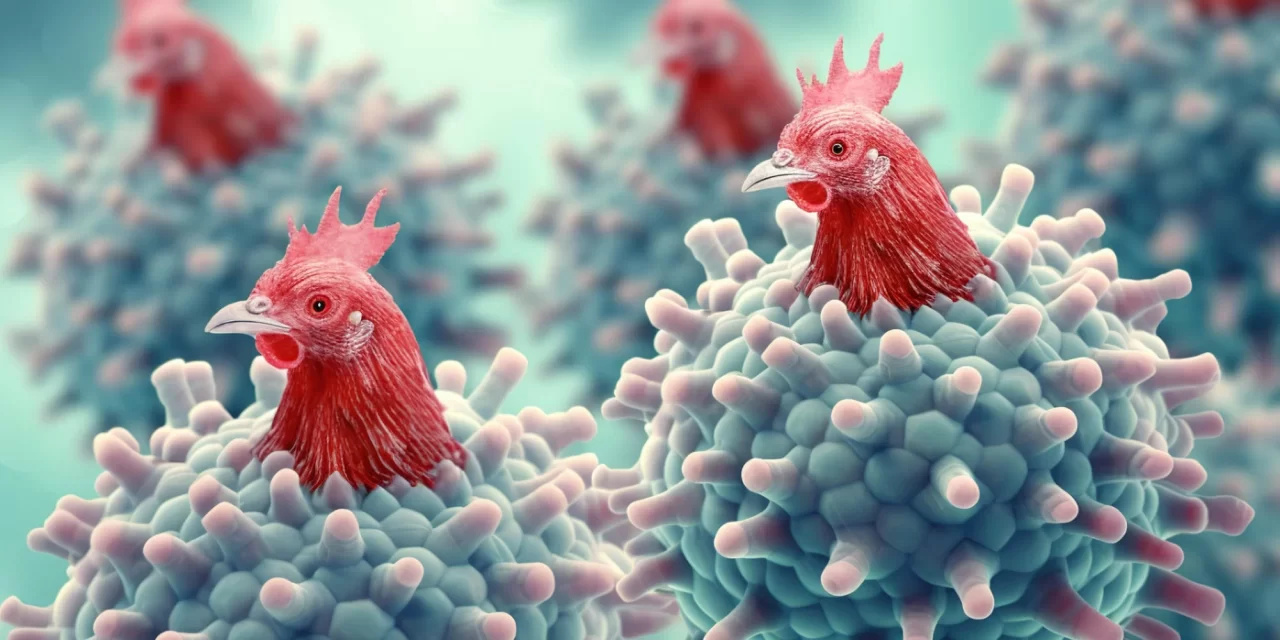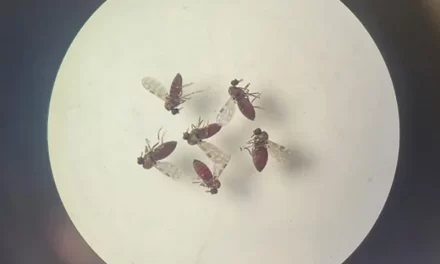As concerns over the potential human-to-human transmission of H5N1 avian flu grow, one infectious disease expert warns that the “train has already left the station.” Dr. Peter Chin-Hong, a professor of medicine at the University of San Francisco, emphasizes that while Americans may not be able to prevent the spread entirely, measures such as vaccines, masks, and treatment can help slow its impact.
The Growing Threat of H5N1
H5N1 avian flu has long been circulating among birds but has recently been detected in various mammals, including cattle, cats, dogs, pigs, and seals. Human cases, though still rare, have been reported. In most cases, individuals infected had close contact with infected animals. However, experts warn that only a few genetic mutations could allow the virus to spread between humans more easily.
Chin-Hong points to a recent study suggesting that just one mutation could significantly increase the virus’s ability to infect human lungs. While this does not guarantee a pandemic, it does highlight the importance of vigilance and preparedness.
Concerns Over Communication and Response
Rapid surveillance and transparent reporting are key to managing the risk of H5N1. However, Chin-Hong expresses concern over recent restrictions on CDC communications. The administration’s limits on public health messaging could slow down the response to an outbreak.
“The CDC is generally the conductor of the orchestra when it comes to safeguarding public health,” said Chin-Hong. “Right now, different parts of the orchestra are playing their own music—similar to the early days of COVID-19.”
Furthermore, speculation about the potential appointment of anti-vaccine activist Robert F. Kennedy Jr. to lead the Department of Health and Human Services raises additional concerns about the efficiency of vaccine distribution and public trust in health initiatives.
Readiness Measures: Vaccines, Masks, and Treatments
The U.S. currently has a stockpile of 4.5 million H5N1 vaccine doses, though these are based on older strains. Experts believe they could mitigate severe illness and death but may not be sufficient if widespread transmission occurs.
Other preventive measures, such as increased production of vaccines, widespread mask usage, and stockpiling of antiviral medications like Tamiflu, could play a crucial role in controlling the virus’s spread.
“We’re in a very different place compared to the early days of COVID-19,” Chin-Hong reassures. “We have tests, vaccines, and treatment options. But preparation and coordination will be key.”
Looking Ahead
While H5N1 has not yet reached human-to-human transmission levels, experts caution that the risk is real and growing. Ensuring a coordinated response, supporting scientific advancements, and maintaining public health transparency will be vital in mitigating the potential threat of an H5N1 pandemic.
For the most up-to-date information, visit the World Health Organization’s website or the Centers for Disease Control and Prevention.
Disclaimer: This article is based on expert opinions and ongoing research. While efforts are made to ensure accuracy, the situation regarding H5N1 avian flu is evolving. Readers should refer to official sources such as the CDC and WHO for the latest information.











